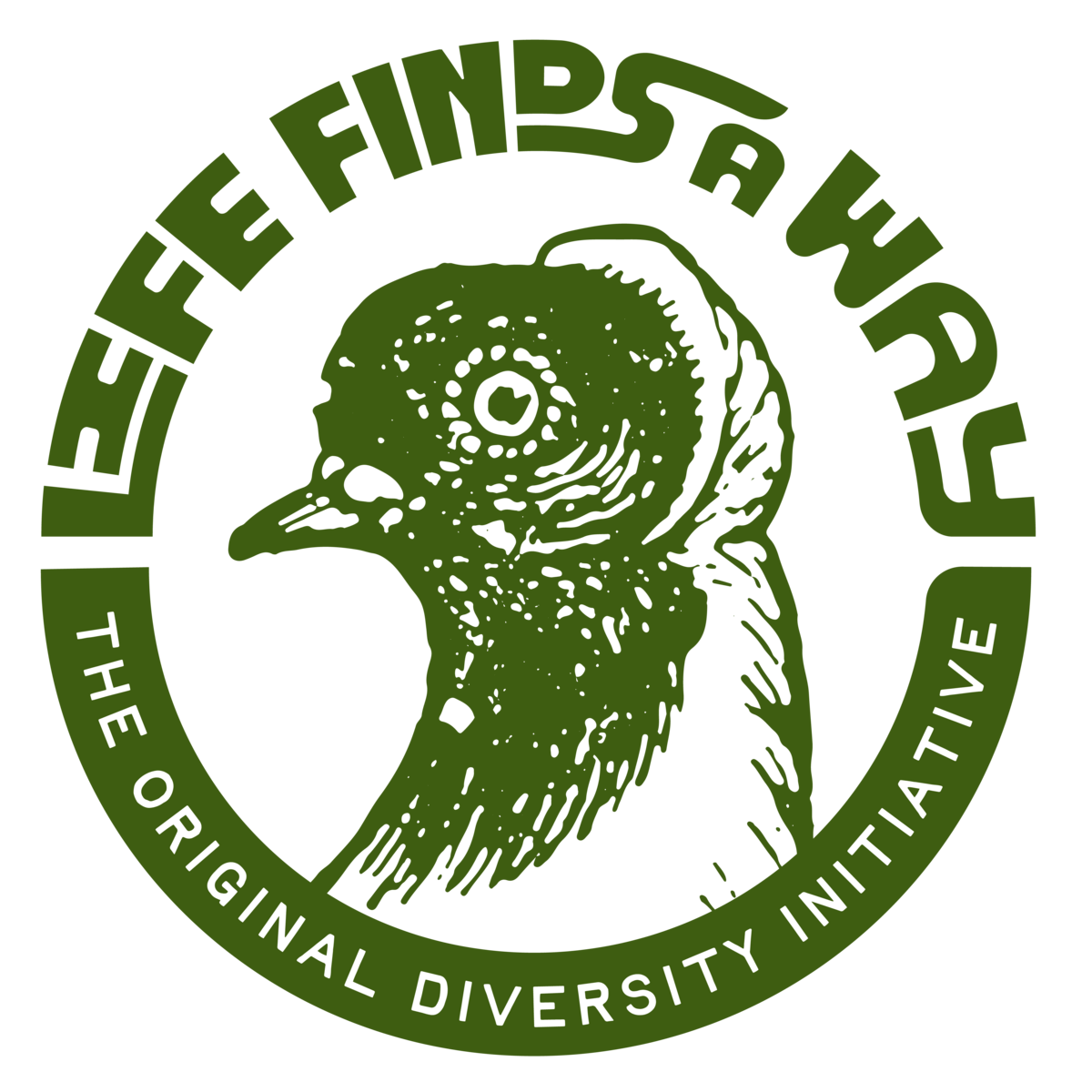
Welcome back.
This week in Life Finds A Way, writer Tasmin Lockwood, explores the intricate underground network that’s been quietly organizing forests for millions of years — mycorrhizal fungi. They organize around watersheds, share resources across species, and build resilient communities through cooperation, not competition.
Have they been giving us the blueprint for bioregional organizing — an alternative way to set up our communities outside of extractive economic systems — this whole time?
— Willow
You’re here because you give a shit.
Every week, we help {{active_subscriber_count}}+ humans understand and unfuck the rapidly changing world around us. Join us (or else).

The Forest’s Trading Floor

By Tasmin Lockwood
Tasmin is a freelance journalist covering the intersection of tech and the climate crisis. Her work has appeared in Business Insider, Fortune, WIRED, and others. Her debut book, "Clean Up On Aisle Earth" (404Ink), is expected October 2025.
It was a perfect Spring day – crisp but delicate, bright and full of opportunity – when I found myself amongst a group of strangers getting lost in London, England’s, Hampstead Heath as part of a beginners foraging course.
Common Beech Trees towered over us as we navigated around their bark, meadows of English bluebells chimed as we brushed through them and heeded a warning against picking cow parsley due to its likeness to hemlock, the deadly plant that saw the demise of Greek philosopher Socrates.
A range of fungi – Turkey Tail, Jelly Ear Mushroom and King Alfred’s Cakes – also made an appearance. While these species are known for immune-stimulating polysaccharides, popularity in Asian cuisine, and breaking down dead wood, respectively, they are one small piece of what’s known as the “World Wide Wood” – the mycelium network.
The mycelium network is a vast web of roots that connect plants and trees underground.
Within this are also mycorrhizal networks, referring to a specific symbiotic fungal network that connects to the roots of plants and facilitates the exchange of nutrients and signals across the ecosystem.
Mycorrhizal fungi are present basically everywhere on land and form relationships with most plant species, demonstrating widespread inter-species cooperation in complex ecological networks – and offering inspiration for how society can operate more sustainably.
Once you’ve been introduced to these underground networks, it’s hard not to wonder: what would human communities look like if we organized the same way?
It takes me to bioregional thinking, a concept that piqued my interest earlier this year due to its focus on organizing society by the Earth’s natural features rather than political, man-made borders.
Scientifically, a bioregion is a geographical area defined by its natural and ecological characteristics – think climate, landforms, flora, fauna, watersheds.
Philosophically, bioregions are about understanding and honoring the spirit of a place, its history, and its interrelationships across watersheds, ecosystems, and communities – akin to mycorrhizal fungi’s symbiotic and context-dependent role in ecosystems.
For example, mycorrhizal fungi share nutrients and sound the bell when an attacker is present but still remain individual. This can be mirrored in bioregions, where people no doubt bring forward different strengths, skills and perspectives but work together to see their community thrive. This increases resilience, personal bonds, and strengthens local and cultural identity.
Join the Important Membership to read the rest.
Members get access to every issue of Life Finds A Way -- and everything else we make, too.
Start Your 30 Day Free TrialBenefits include:
- Your choice of our critically-acclaimed newsletters, essays, and podcasts
- A welcome sticker pack!
- Ad-free everything
- Your WCID profile: Track and favorite your actions while you connect with other Shit Givers
- Vibe Check: Our news homepage, curated daily just for you. Never doomscroll again
- Lifetime thanks for directly supporting our work



